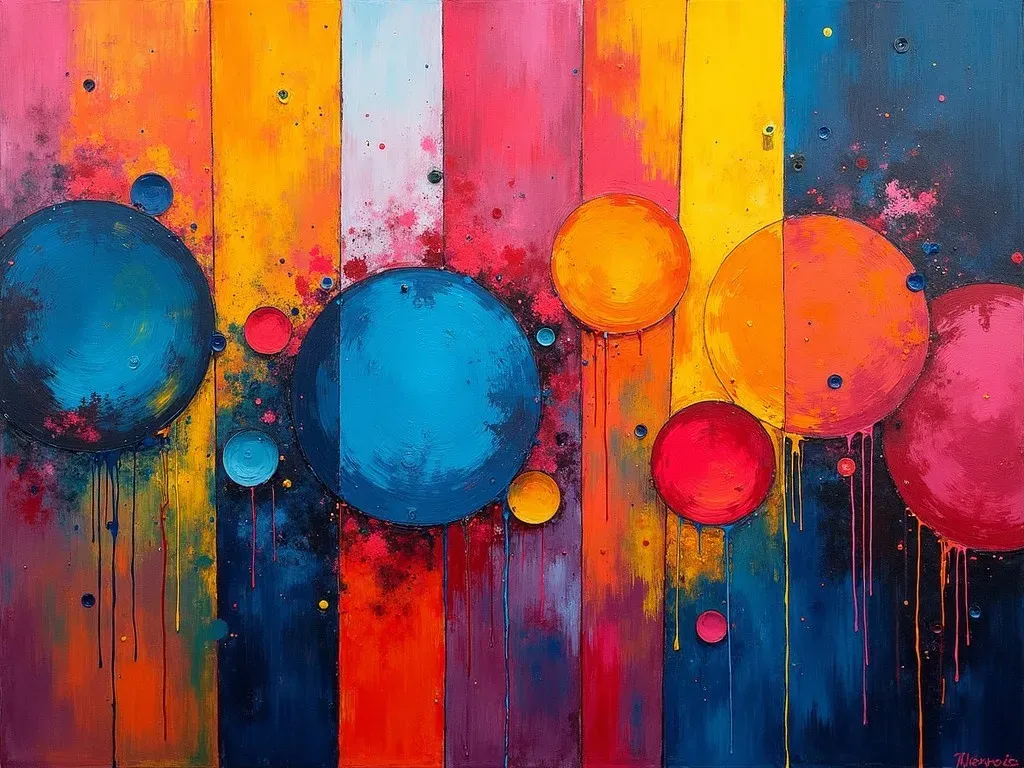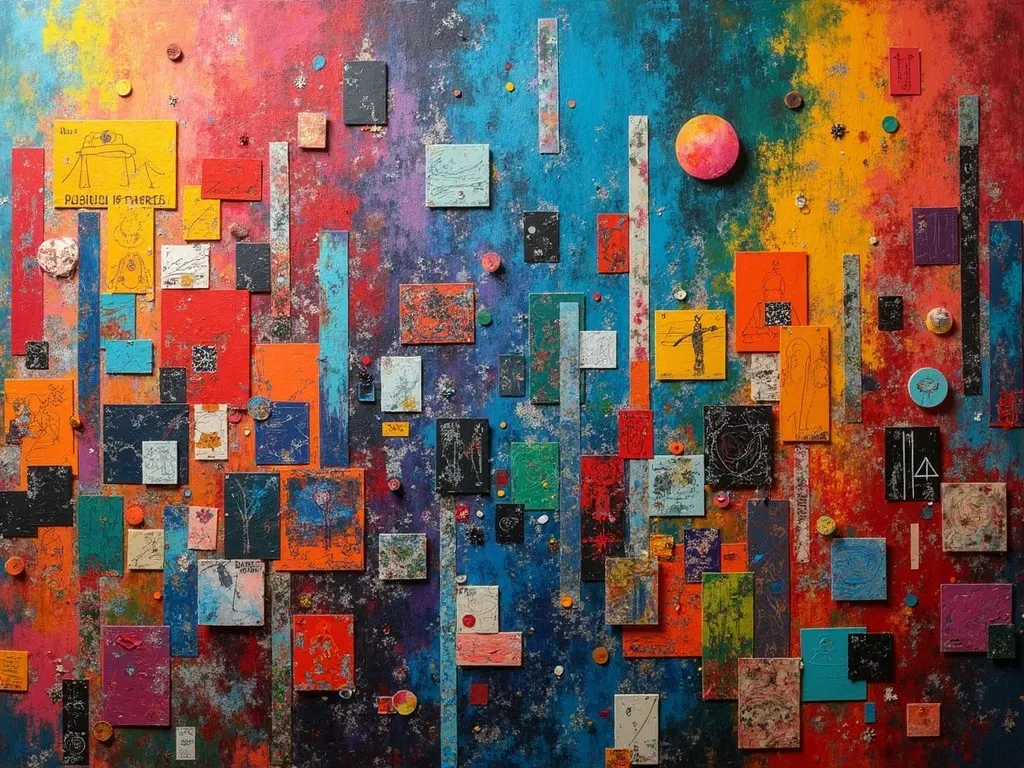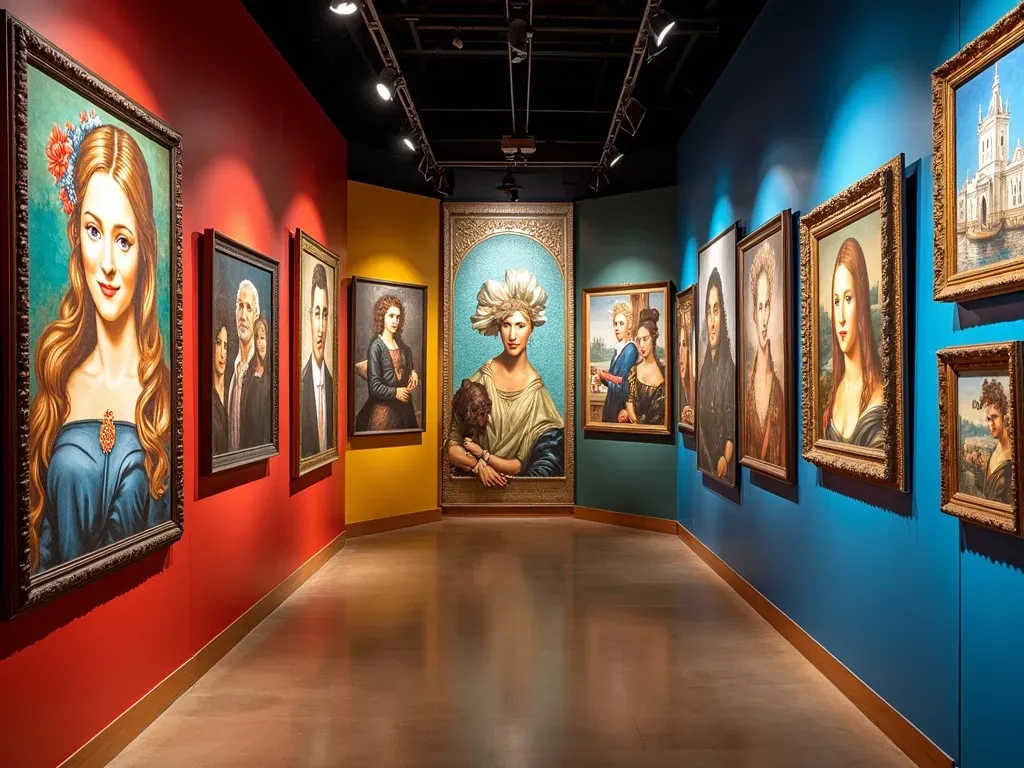Famous colorful art represents a vibrant exploration of creativity through the lens of color. Renowned for their striking hues and engaging compositions, these masterpieces not only capture the viewer’s imagination but also evoke profound emotional responses. Artists throughout history have harnessed the power of color to communicate themes ranging from joy to turmoil, offering a multifaceted view of the human experience.
The world of colorful art boasts significant contributions from various artists who utilized their distinct palettes to create renowned works. Below, we delve into the rich history of famous colorful paintings, exploring iconic pieces and the artists behind them.
Iconic Colorful Paintings and Their Masters
The history of colorful art is peppered with iconic paintings that have left an indelible mark on the art world. Here are some examples of famous colorful works and their creators:
| Painting | Artist | Year | Description |
|---|---|---|---|
| The Starry Night | Vincent van Gogh | 1889 | An expressionistic piece showcasing vibrant blues and yellows, depicting a swirling night sky. |
| Les Demoiselles d’Avignon | Pablo Picasso | 1907 | A groundbreaking work in Cubism featuring bold shapes and a dynamic palette. |
| The Kiss | Gustav Klimt | 1907-1908 | This masterpiece is rich with gold and vibrant colors, symbolizing love and intimacy. |
| No. 61 (Rust and Blue) | Mark Rothko | 1953 | Rothko’s work is characterized by large fields of color that evoke spiritual contemplation. |
| Bella Ragazza | Patrice Murciano | 2013 | A modern acrylic painting bursting with colors, evoking a sense of exuberance and energy. |
Notable Artists in Colorful Art
The following colorful artists have made significant contributions to the art world with their expressive use of color:
- Henri Matisse – Known for his bold color contrasts and innovative compositions that revolutionized the art of the 20th century.
- Georgia O’Keeffe – Famous for her large flower paintings and desert landscapes that showcase vivid colors and abstract forms.
- Frida Kahlo – Her self-portraits contain striking colors that reflect her emotional and physical suffering, as well as Mexican culture.
- Kandinsky – An abstract artist whose work exemplifies the relationship between color and sound.
- David Hockney – Recognized for his bright depictions of landscapes and gardens using a variety of colors.

The Impact of Color in Art
Color can profoundly affect our perception and emotional response to artwork. Studies show that colors can evoke various psychological reactions:
- Red: Often associated with passion, energy, and urgency. It can evoke excitement or even anger.
- Blue: Typically conveys calmness, serenity, and stability. It can create a feeling of tranquility.
- Yellow: A vibrant color that often represents happiness and optimism, but can also be overwhelming in excess.
- Green: Symbolizes nature, growth, and renewal. It can have a calming effect, often associated with peace and restfulness.
- Purple: Traditionally linked with royalty and luxury, it can also evoke feelings of mystery and spirituality.
Reference Video
The Evolution of Color in Art History
Art movements have embraced color in various ways throughout history. Here’s a brief overview:
| Period | Characteristics | Notable Artists |
|---|---|---|
| Impressionism | Use of light and color to capture moments | claude monet, Pierre-Auguste Renoir |
| Post-Impressionism | Strong color and emotional content | Vincent van Gogh, Paul Cézanne |
| Fauvism | Bold colors and simplification of forms | Henri Matisse, André Derain |
| Abstract Expressionism | Non-representational forms; color as emotion | Mark Rothko, Jackson Pollock |
| Pop Art | Bright, bold colors; use of popular culture | Andy Warhol, Roy Lichtenstein |

FAQs about Famous Colorful Art
What defines colorful art?
Colorful art is characterized by the vivid and expressive use of color. It often aims to evoke emotional responses or convey themes through dynamic palettes.
Who are some of the most famous colorful painters?
Famous colorful painters include Vincent van Gogh, Henri Matisse, Georgia O’Keeffe, and Frida Kahlo, among many others.
How does color impact the perception of art?
Color can greatly alter how a piece of art is seen and felt, influencing emotions and setting the mood of the artwork.
Are there different interpretations of colors in different cultures?
Yes, colors often have different meanings across cultures, imparting various emotions and significance based on cultural context.
Where can I find more information about famous colorful paintings?
For detailed insights and facts about famous colorful paintings, you can visit Artst.
Conclusion
Famous colorful art encapsulates a spectrum of emotions and ideas, reshaping the way we perceive the world around us. Each brightly painted canvas tells a story that resonates across generations, offering not only an escape into creativity but also a reflection of societal values and individual experiences.

In exploring the world of colorful artists and their inspired works, we recognize the profound impact of color in our lives and the timeless beauty it bestows upon the world of art.
